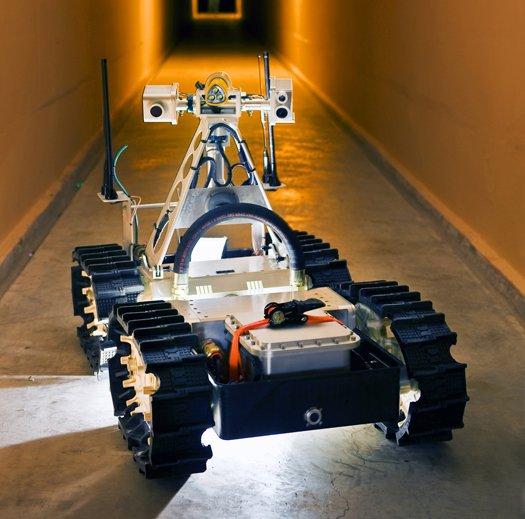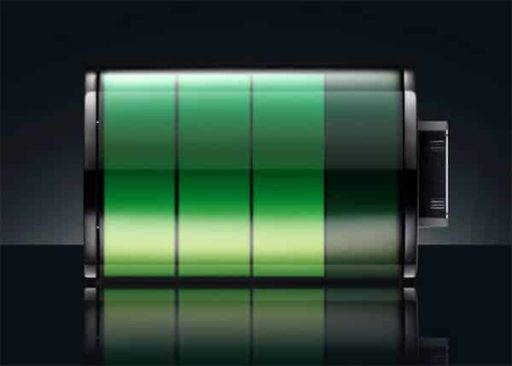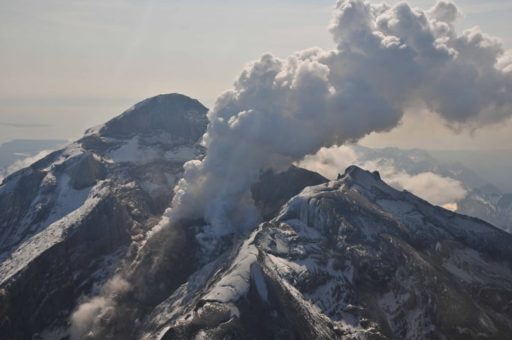Gemini-Scout robot can scope out mining accidents, may save lives and Gemini-Scout’s main purpose is to gather information about the disaster and report back. Gemini-Scout Mine Rescue Robot packs a set of gas sensors, a thermal camera and a two-way radio, allowing it to detect dangerous underground materials and relay critical information to above-ground rescue workers. Its can also navigate across rocky terrain, tight quarters, or flooded tunnels and is sturdy enough to carry food and other supplies to trapped miners. Operators can manipulate the Gemini-Scout using only an Xbox 360 controller and Sandia hoping to begin licensing it to rescue agencies by the end of next year………….
In the first moments after a mining accident, first responders work against the clock to assess the situation and save the miners. But countless dangers lurk: poisonous gases, flooded tunnels, explosive vapors and unstable walls and roofs. Such potentially deadly conditions and unknown obstacles can slow rescue efforts to a frustrating pace. To speed rescue efforts, engineers at Sandia National Laboratories have developed a robot that would eliminate some of the unknowns of mine rescue operations and arm first responders with the most valuable tool: information. Sandia robotics engineers have designed the Gemini-Scout Mine Rescue Robot, which finds dangers and can provide relief to trapped miners. It’s able to navigate through 18 inches of water, crawl over boulders and rubble piles, and move in ahead of rescuers to evaluate precarious environments and help plan operations. “We have designed this robot to go in ahead of its handlers, to assess the situation and potential hazards and allow operations to move more quickly,” said Jon Salton, Sandia engineer and project manager. “The robot is guided by remote control and is equipped with gas sensors, a thermal camera to locate survivors and another pan-and-tilt camera mounted several feet up to see the obstacles we’re facing.” Less than four feet long and two feet tall, Gemini-Scout is nimble enough to navigate around tight corners and over safety hatches a foot high. In addition to giving rescuers an idea of what they’re headed into, the robotic scout can haul food, air packs and medicine to those trapped underground. It is equipped with two-way radios and can be configured to drag survivors to safety.
Designers built the Gemini-Scout to negotiate nearly every known mine hazard. Methane and other gases can ignite if exposed to sparks, so the electronics are housed in casings designed to withstand an explosion. “Such measures would prevent a spark from causing further destruction. While it might harm the robot, it wouldn’t create another dangerous situation for the miners or rescuers,” Salton said. To ensure functionality in flooded tunnels, Gemini-Scout’s controls and equipment needed to be waterproof. “When we were designing a robot that could provide this level of assistance, we had to be aware of the pressures and gases that are often found in that environment,” said Sandia engineer Clint Hobart, who was responsible for the mechanical design and system integration. “So we had to make sure the strength of materials matched what our goals were, and we had to keep everything lightweight enough so it could navigate easily.” In addition, engineers had to build something intuitive for new operators who need to learn the system quickly. To overcome that challenge, they used an Xbox 360 game controller to direct Gemini-Scout. “We focused a lot on usability and copied a lot of gamer interfaces so that users can pick it up pretty quickly,” said Sandia engineer Justin Garretson, the lead software developer. The National Institute for Occupational Safety and Health (NIOSH) provided funding for the efforts, which have been underway for the last three years. If all goes well, the Gemini-Scout could be ready to head underground by the end of next year. The team is in the final stages of licensing Gemini-Scout to a commercial robotics company, but for now, the Mine Safety and Health Administration will be the primary customer. “We anticipate that this technology is broad enough to be appealing to other first responders, such as police, firefighters and medical personnel,” Salton said. “Gemini-Scout could easily be fitted to handle earthquake and fire scenarios, and we think this could provide real relief in currently inaccessible situations.”
[ttjad keyword=”general”]




